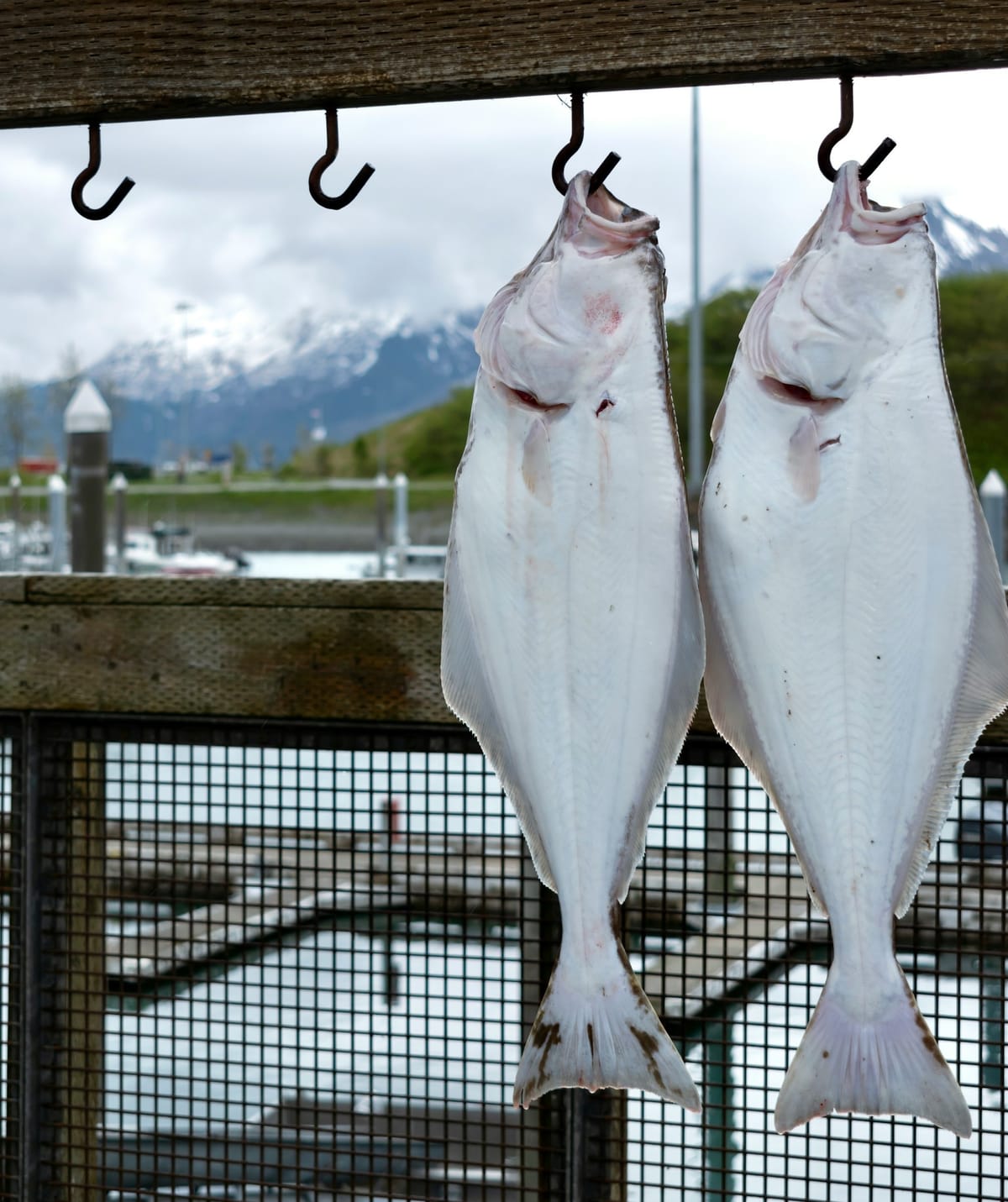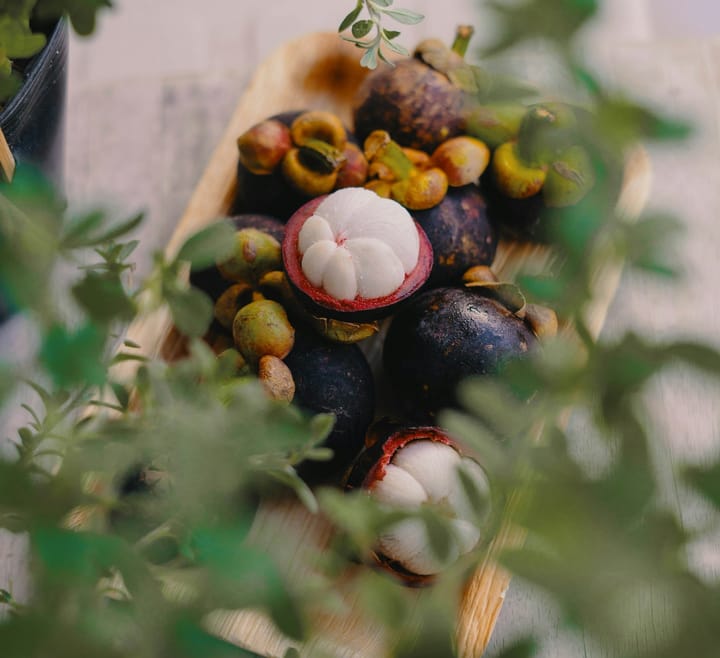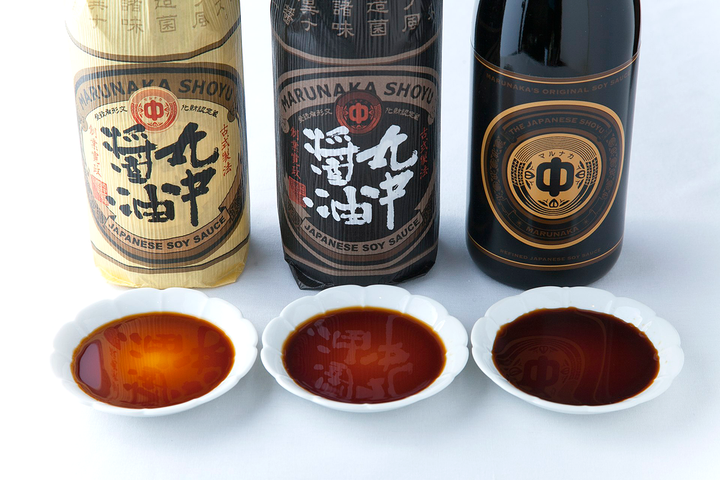Hirame (Bastard Halibut)
Hirame (ヒラメ), also known as Bastard Halibut or Olive Flounder, is a prized sushi delicacy renowned for its delicate sweetness, firm texture, and esteemed status as one of the finest white fish toppings (Shiromi) in Japanese cuisine.

Hirame (ヒラメ), also known as Bastard Halibut or Olive Flounder, is a prized ingredient in sushi, classified as "Shiromi" (white-fleshed fish), and standing out as one of the most esteemed white fish toppings alongside Tai (鮮) (sea bream).
Revered for its delicate sweetness and firm, slightly chewy texture, it epitomizes the sophistication of sushi craftsmanship.
Among the various types of hirame, the “Kanbirame”, which is caught during the peak winter months, commands the highest prices due to its exceptional fat content and robust flavor.
What is Hirame?
Hirame belongs to the Pleuronectiformes order (flatfish) and Paralichthyidae family (large-tooth flounders), making it a close relative of the Karei (flounder).
A distinctive way to identify these species lies in their eye placement: when the black-skinned side of the fish faces up and the stomach faces forward, Hirame’s eyes are on the left, whereas Karei’s eyes are on the right.
This observation has given rise to the Japanese saying, “Left-eye Hirame, Right-eye Karei.”
While Hirame is a gourmet treasure, Karei is often viewed as a more accessible fish for everyday consumption. Yet, dwindling Karei catches have elevated some species, like Hoshi-Garei, to luxury status.
The Best Season for Hirame
Hirame is at its finest from late autumn to early spring, particularly in mid-winter.
During this season, Kanbirame reaches its peak fat content, making it an exquisite treat for sushi connoisseurs.
Hirame is found along the coasts from southern Chishima Islands to Kyushu, with live fish also being imported from South Korea.
Furthermore, advancements in aquaculture have enabled year-round availability of high-quality farmed Hirame, though there are subtle differences between wild and farmed varieties.
Notably, wild Hirame has a pristine white underside, while farmed Hirame often displays black speckles.
Why Kanbirame is So Coveted
Kanbirame, harvested just before spawning, boasts the highest fat content of all Hirame varieties.
The exact timing of spawning varies depending on sea temperatures, prompting experienced sushi chefs to source fish from regions that guarantee the richest flavors during different periods.
In terms of size, the optimal Hirame measures 40 to 50 cm in length and weighs around 2 kg. These fish feature thick, firm bodies with a radiant shine.
Smaller, younger Hirame (1 kg or less), known as “Soge,” are caught in early autumn and valued for their fresh, clean taste. Larger specimens (50-60 cm) are termed “Oosoge,” while those exceeding 60 cm are simply called “Hirame.”
Preparation
Preparing Hirame demands skill and precision. Unlike other fish, Hirame’s extremely fine scales require removal with a sashimi knife rather than standard scaling methods.
Improper handling can damage the delicate meat, wasting an ingredient that is both expensive and highly regarded.
Once prepared, Hirame is typically left to rest for 6 to 8 hours, allowing its flavor components to develop fully.
White fish like Hirame do not significantly increase in umami after rigor mortis sets in, so the optimal balance of texture, umami, and freshness peaks within two days of being processed.
Hirame Nigiri and Sashimi
Hirame’s subtle sweetness and firm texture make it a popular choice for nigiri and sashimi. Sushi chefs may also enhance its natural umami through “Kobujime,” a method of marinating the fish in kelp. This technique adds a faint caramel-brown hue to the fish, offering a distinct flavor profile that highlights Edo-style sushi craftsmanship.
For those seeking a rare treat, “Engawa” (the sinew along the fin) is a must-try. Only four pieces can be harvested from one Hirame, and its heavenly combination of fat and umami leaves a lasting impression on the palate.
Nutritional Profile and Health Benefits
Hirame is a lean white fish, rich in protein and low in fat, making it a nutritious yet indulgent choice.
It is an excellent source of essential minerals like potassium, zinc, and selenium, as well as vitamins D and E.
Its low calorie count and easy digestibility make it ideal for the elderly or those with dietary restrictions.
Despite its low fat, Hirame boasts a balanced profile of amino acids, including inosinic acid, glycine, alanine, taurine, and lysine.
The high inosinic acid content, in particular, lends it a rich umami flavor that is both satisfying and light.
Whether enjoyed as a raw sushi topping, sashimi, or in a kobujime preparation, Hirame embodies the refined artistry of Japanese cuisine.


